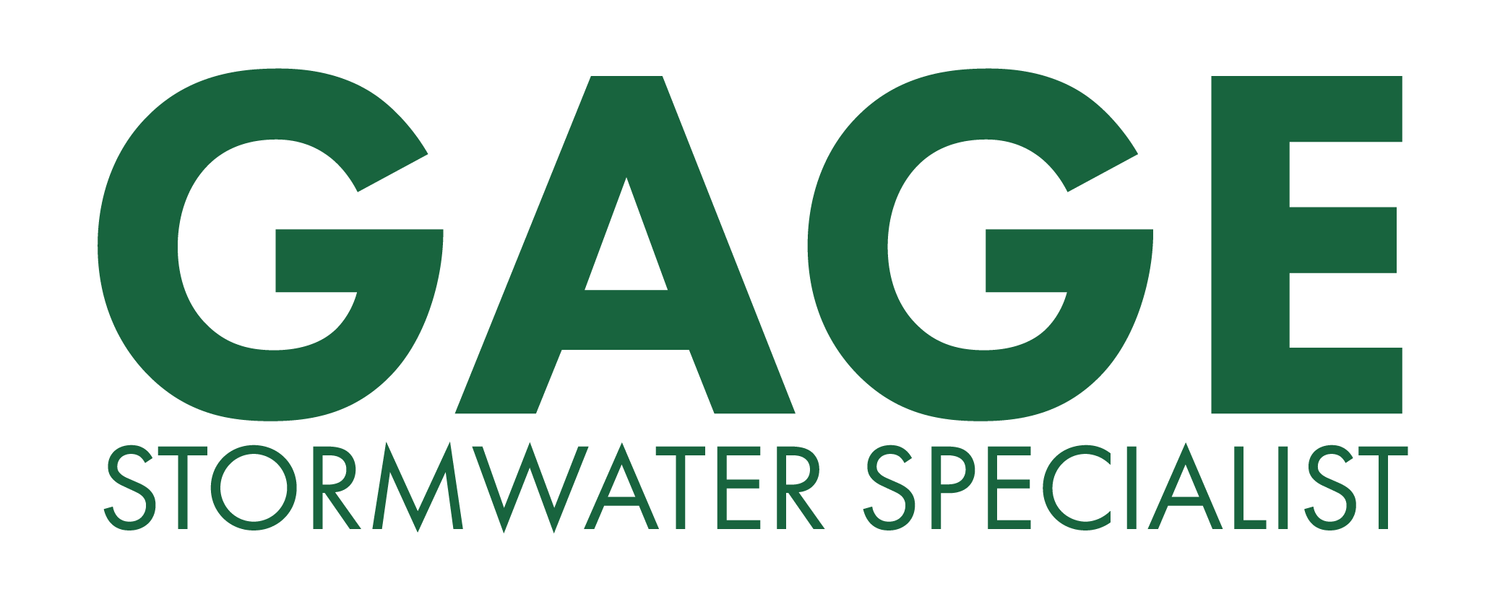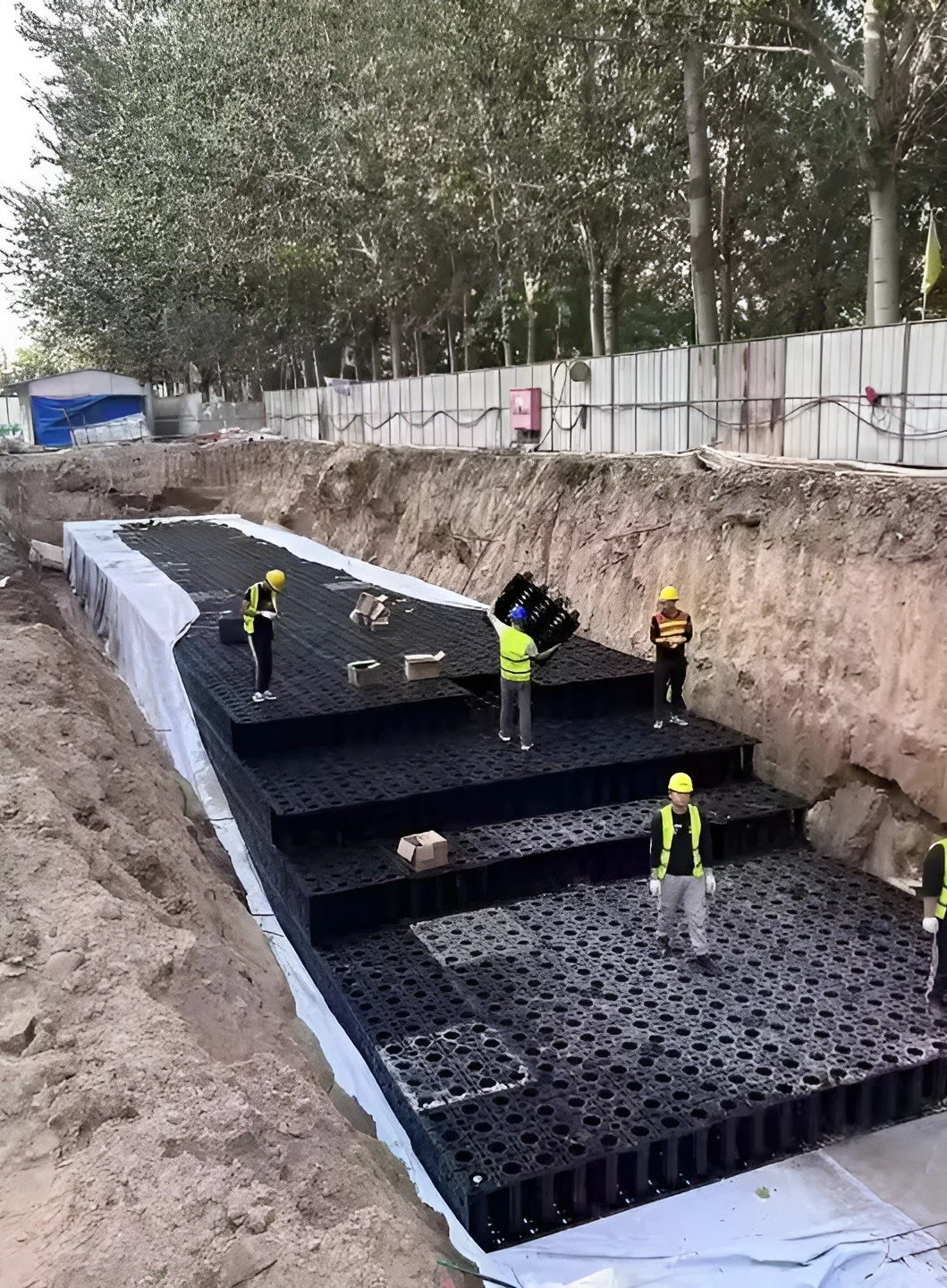Rainwater
Harvesting Systems
What is it?
Rainwater harvesting systems collect, store, and reuse rainfall from rooftops and other surfaces for non-potable uses such as irrigation, cooling, toilet flushing, or even industrial processes. These systems typically include components like gutters, filtration, tanks or cisterns, and distribution piping. Designs range from simple barrel setups to large-scale underground storage and reuse systems integrated into buildings or landscapes.
Why it matters?
Rainwater harvesting reduces dependency on municipal water, lowers utility costs, and helps manage stormwater runoff by capturing water at its source. In urban areas, it can reduce strain on aging infrastructure and minimize localized flooding. In drought-prone or water-scarce regions, it offers a sustainable, on-site water source. Many jurisdictions also offer incentives, rebates, or LEED credits for implementing rainwater reuse systems.
You should consider a rainwater harvesting system when:
You're building or renovating a site with large roof areas and want to reduce runoff
You need supplemental water for irrigation, toilets, or cooling systems
You're pursuing green building certifications like LEED or WELL
You want to lower water bills or create a resilient water supply
Your local code or agency requires on-site water retention
You’re in a region with water restrictions or high utility rates
Incorporating rainwater harvesting early in the design phase allows for more efficient integration and long-term cost savings.


